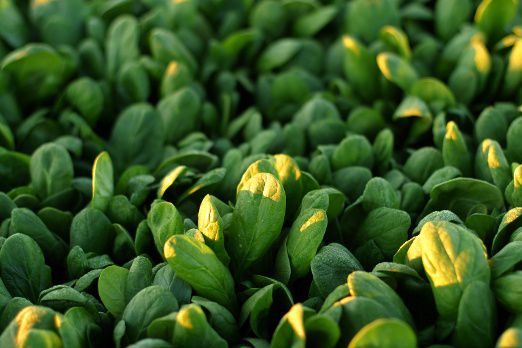Food Safety for Arizona Agriculture’s Small, Retail Farmers Works!
Published
1/8/2014
By Stewart Jacobson, Food Safety Projects Coordinator, Agricultural Consultation and Training for the Arizona Department of Agriculture: You may have heard about the USDA’s Agricultural Marketing Service (AMS) audit certification program called GHP/GAP. Good Handling Practices/Good Agricultural Practices, or GHP/GAP, is a voluntary program of written food safety procedures, methods, and plans that a farm, grower, processor, transporter, warehouse operations would use to prevent microbial contamination of their crops and produce. Included in this program are fresh fruits and vegetables, and tree nuts. There are separate GHP/GAPs for tomatoes, mushrooms, sprouts. And there
GHP/GAP is a written program of your operations and methods, your Standard Operating Procedures (SOP), following the FDA’s “Guide to Minimize Microbial Food Safety Hazards for Fresh Fruits and Vegetables.” This guide for

Arizona Agriculture and Food Safety
GAP is the term used for procedures prior to harvest, while GHP
When we think about food safety at the growing level, there are several areas that would contribute to microbial contamination: soil, water, manure, and worker hygiene and practices. If the soil is contaminated or the irrigating water has a high bacterial load, or the manure is hot with bacteria, there is a really good chance that the
At the packing or processing facility food safety concerns would include: condition of incoming product, washing of the incoming product, cleaning and sanitizing of the food contact surfaces and equipment, packing house facility cleanliness, employees’ clothing, hand washing, eating, drinking, jewelry, illnesses, packaging materials and storing these materials, and of course product handling. Each part of the operation must be assessed for hazards.
On-farm, garden operations are unique to the growers. Some traditional methods include in-ground, with furrows and rows, while others may use raised beds. But these are still in
Each grower has unique circumstances they employ, but common threads: plant a seed, water, nutrients, sometimes sun (sprouts may not require light) and a plant may grow and thrive. Keeping that plant healthy and
Stewart Jacobson is a part-time employee of the Arizona Department of Agriculture’s Agricultural Consultation and Training. He retired from the Meat and Poultry Inspection program after 33 years and now is a consultant with the ACT program assisting growers in developing a food safety program for the GHP/GAP program. He can be reached at 602-542-0950 or sjacobson@azda.gov.